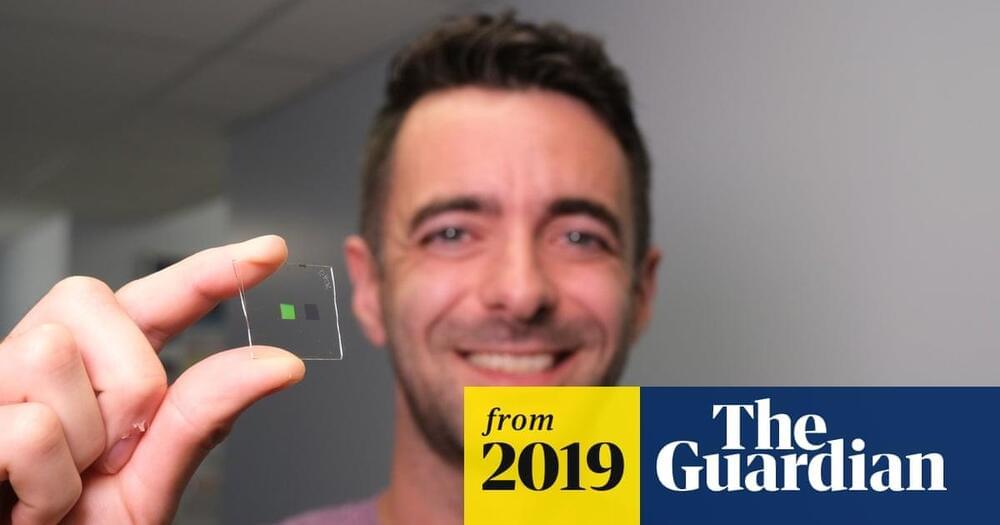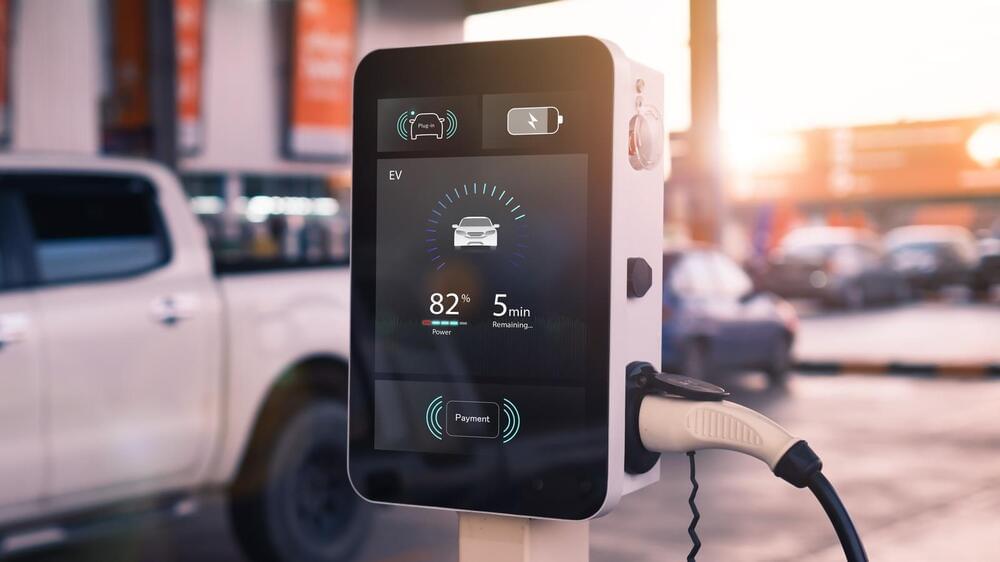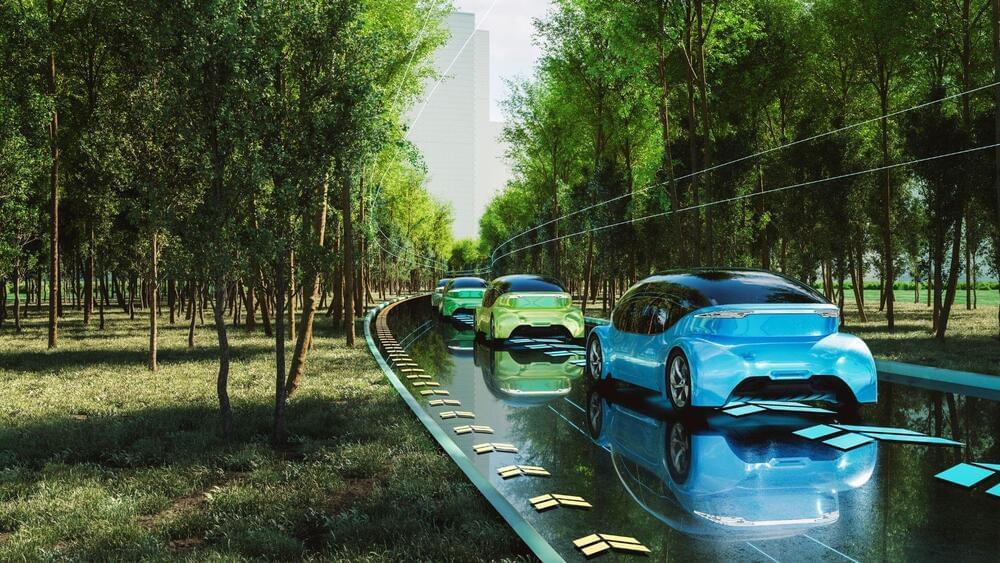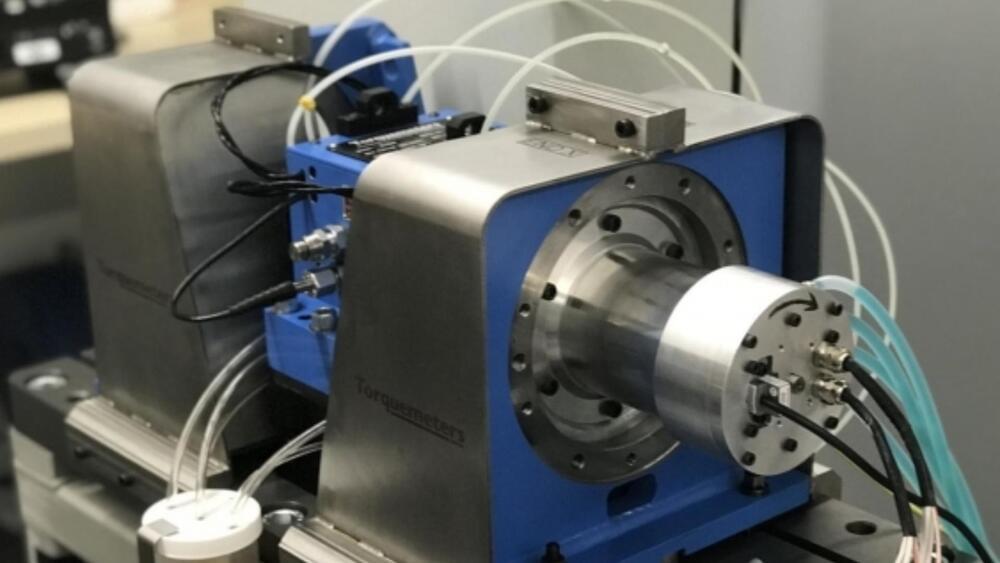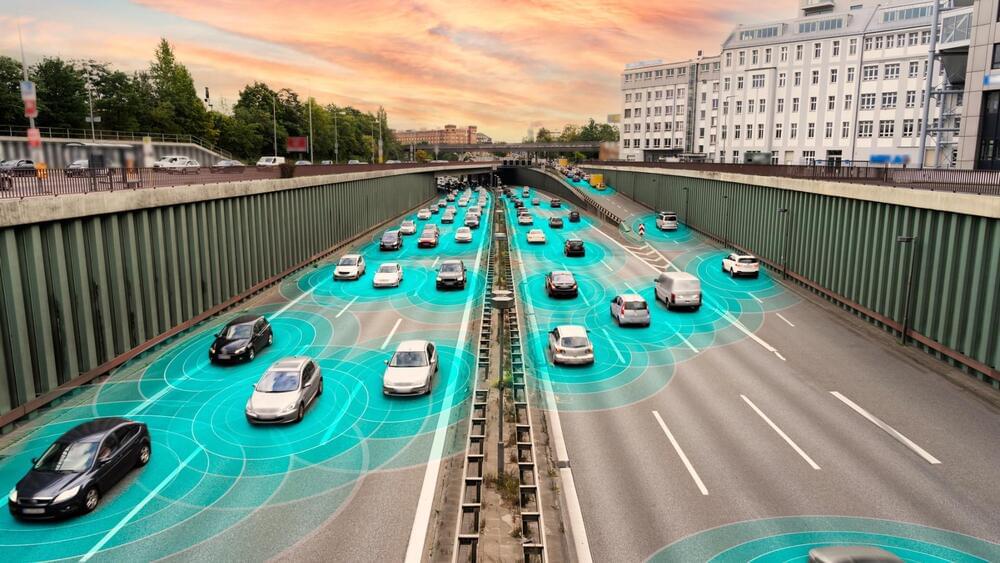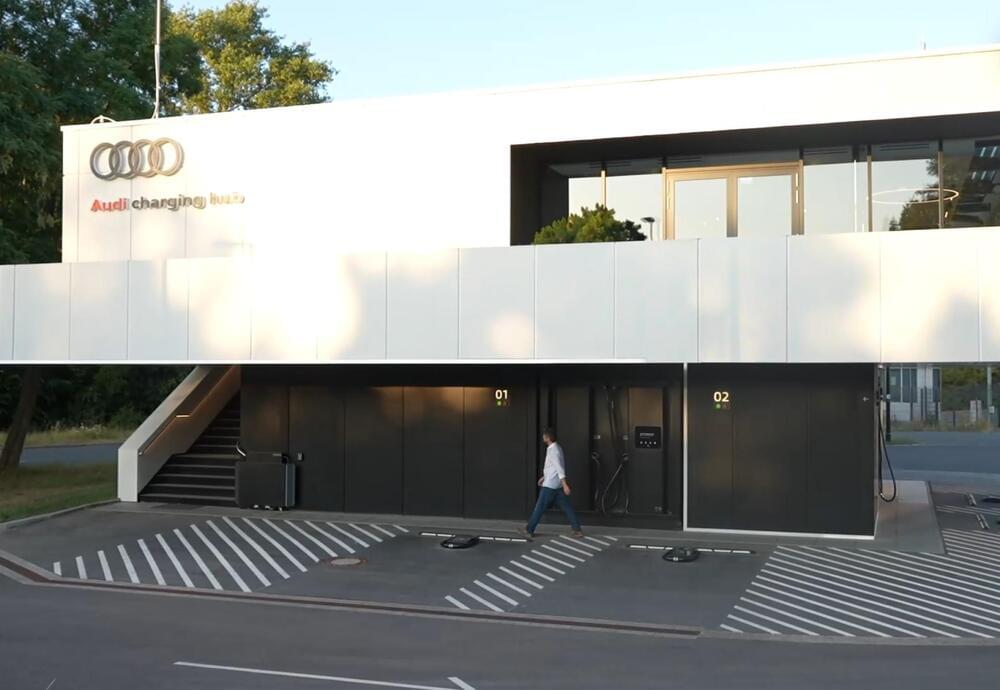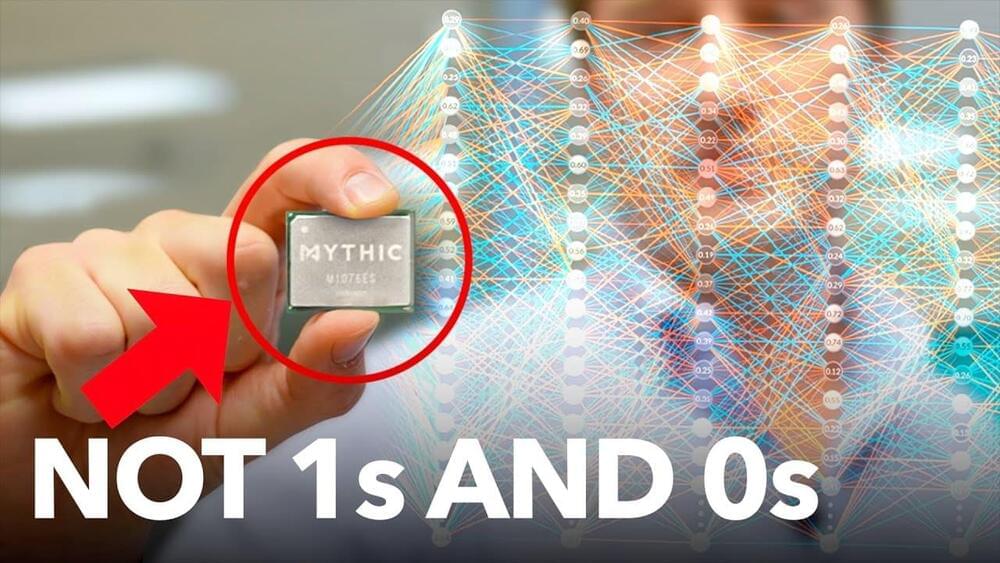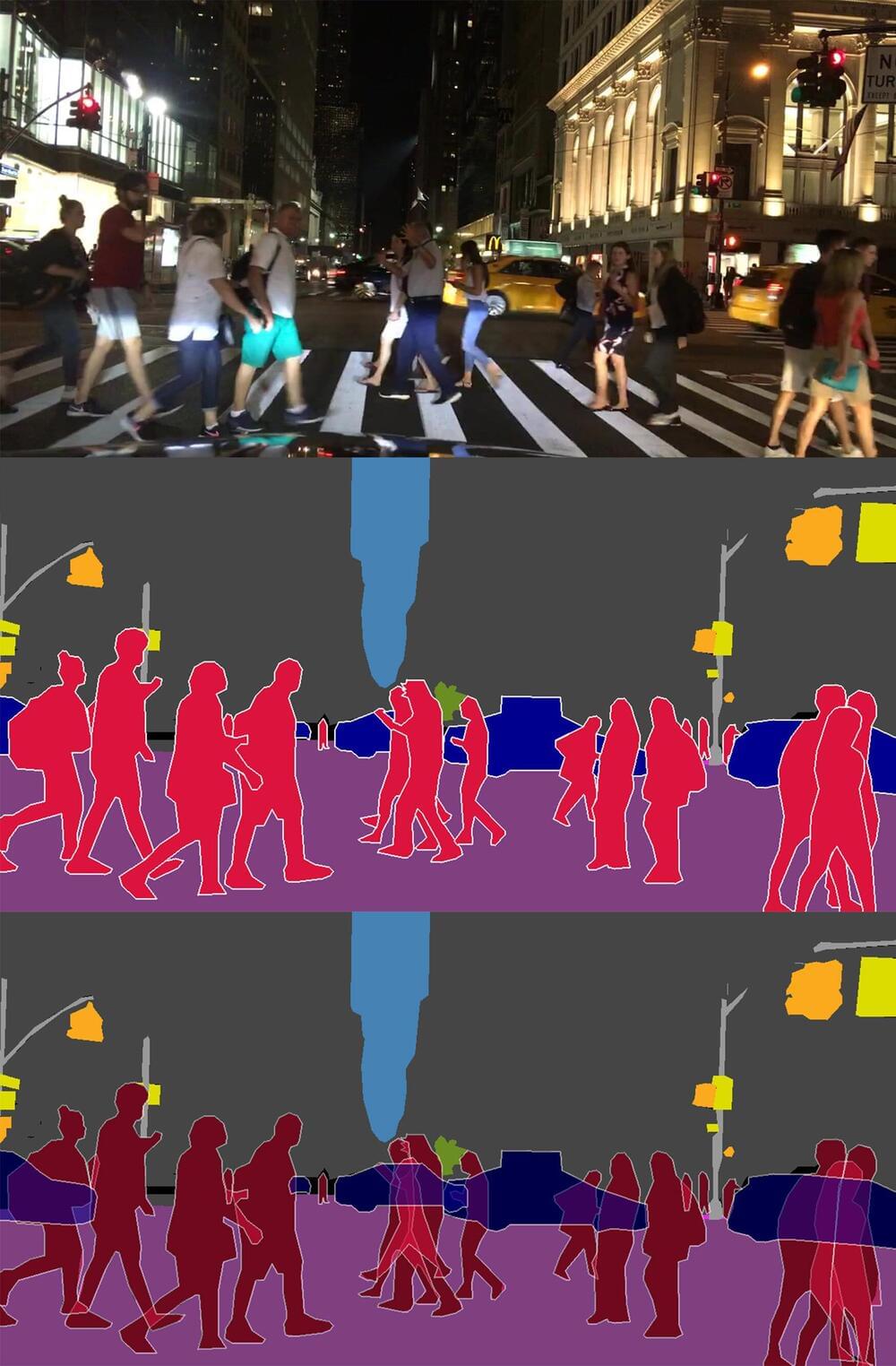Sep 20, 2022
Scientists develop ‘artificial tongue’ to detect fake whiskies
Posted by Quinn Sena in category: transportation
Circa 2019 face_with_colon_three
“You could train your particular ‘tongue’ to know what one of these whiskies ‘tasted’ like, so that when the fake stuff came along it could identify it and when the real stuff came along it could confirm that it was the real stuff,” said Dr Alasdair Clark, the lead author of the research from the University of Glasgow.
Clark said the technology could be incorporated into a small, portable device and have a wide range of applications, from identifying poisons to environmental monitoring of rivers.
Continue reading “Scientists develop ‘artificial tongue’ to detect fake whiskies” »
